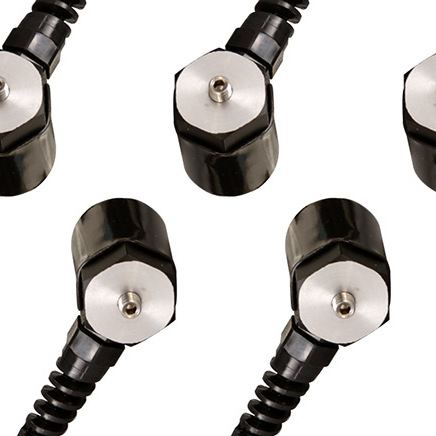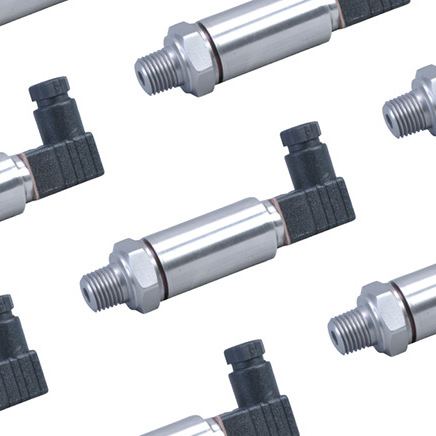Choosing the proper amplifier depends on the type of signal that your system needs. Some amplifiers are located inside of a pressure transducer, while others are located externally elsewhere in the system. Understanding exactly what the amplifier does in the system will help you break down exactly what your system needs.
Pressure transducers measure the pressure of the environment in a number of ways, from piezoelectric to a strain gauge. The amplifier can then take the signal generated by the pressure transducer and send it to the appropriate component of the system. This allows the system to be completely monitored by controllers, computers, microprocessors, or whichever electronic device your system uses. In order to better understand amplifiers, it may be helpful to understand the types of signals that a pressure transducer generates.
Electric
The most common type of output in 2019 is an electrical output. It makes perfect sense; it is easiest to feed an electrical signal into an electronic device that controls the dependent variables of the system. There are generally three types of electrical output that pressure transducers output to amplifiers.
Millivolt
The output is very low on these types of pressure transducers, which means if your system is in an electrically noisy environment, you may want to choose a different pressure transducer.
Depending on the end application, some millivolt pressure transducers do not need an amplifier at all.
However, some millivolt pressure transducers produce an output that is so small that they require a separate amplifier. Hydraulic applications commonly use millivolt pressure transducers. The distance between the transducer and the end system component needs to be short since this type of transducer is subject to make noise.
Volt
The next step up from millivolt is the volt. This type of output has a much higher output than millivolt and is not affected by noise as much. Volt pressure transducers are ideal for many industrial applications. Volt generally has the highest resolution of any pressure transducer, which may be required for your system.
4-20 mA
Unlike the first two signals, this type of output is a current instead of a voltage. Current works better than voltage in a number of ways. This type of output is ideal when the signal needs to be transmitted long distances. The signal will be nearly uncompromised -- no matter the distance. Typical applications have the signal traveling more than 2,000 feet. These are the most expensive signal outputs for pressure transducers. They also consume the most power, which is something to take into consideration.
Now that we have a handle on the types of signals that the amplifier will be handling, let’s jump into what you should look for.
Power Consumption
Naturally, the type of output that the amplifier uses guides how much power the amplifier uses.
Millivolt consumes the least amount of power, while current draws the most power. If you have access to unlimited power, a current amplifier may make the most sense for your system. However, if your system is powered by a battery, a different amplifier should be used.
Noise
Dealing with system noise is a problem that every engineer has to deal with. Obviously, the higher the noise is in a system, the lower the accuracy will be. The type of amplifier your system needs largely depends on how much noise is acceptable.
Vibration & Shock
Vibration and shock can be a difficult hazard to prepare for. Engineers may be unable to perfectly measure how much vibration the pressure transducer amplifier may experience during operation. For example, airplanes constantly vibrate and will screw any bolt loose. Even the sturdiest manufactured devices are susceptible to completely falling apart aboard an aircraft. Ensure that the pressure transducer amplifier is vibration-tested to the hertz level that your system will experience.
Temperature
The operating range of a pressure transducer amplifier has to be taken into consideration.
Industrial applications can require an operating temperature of several hundred or even thousand degrees. Freezing conditions are also another difficulty that standards amplifiers will run into. Consider the extreme temperatures that your system will be operating under to help select an ideal pressure transducer.
- What is a pressure transducer?
- How do pressure transducers work?
- Pressure sensor vs transducer
- Custom pressure transducers
- Pressure transducers FAQ
- Selecting a pressure sensor
- How to specify
- Installing a pressure transducer
- Troubleshooting
- Selecing an amplifier
- Selecing a controller
- Selecing a data logger

